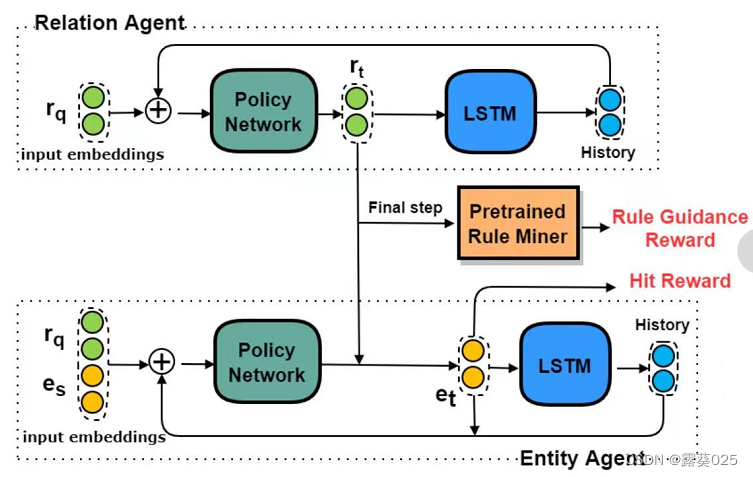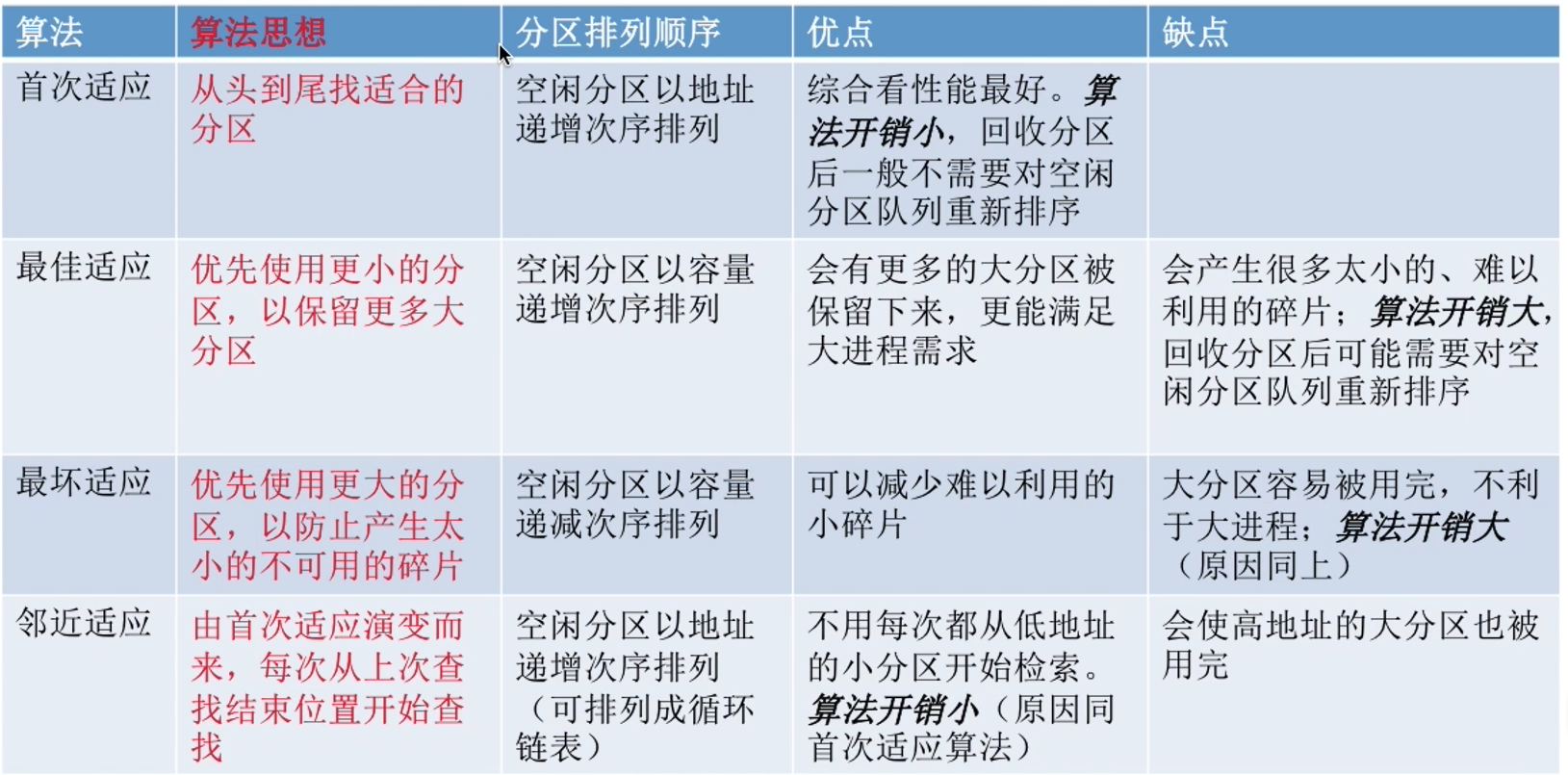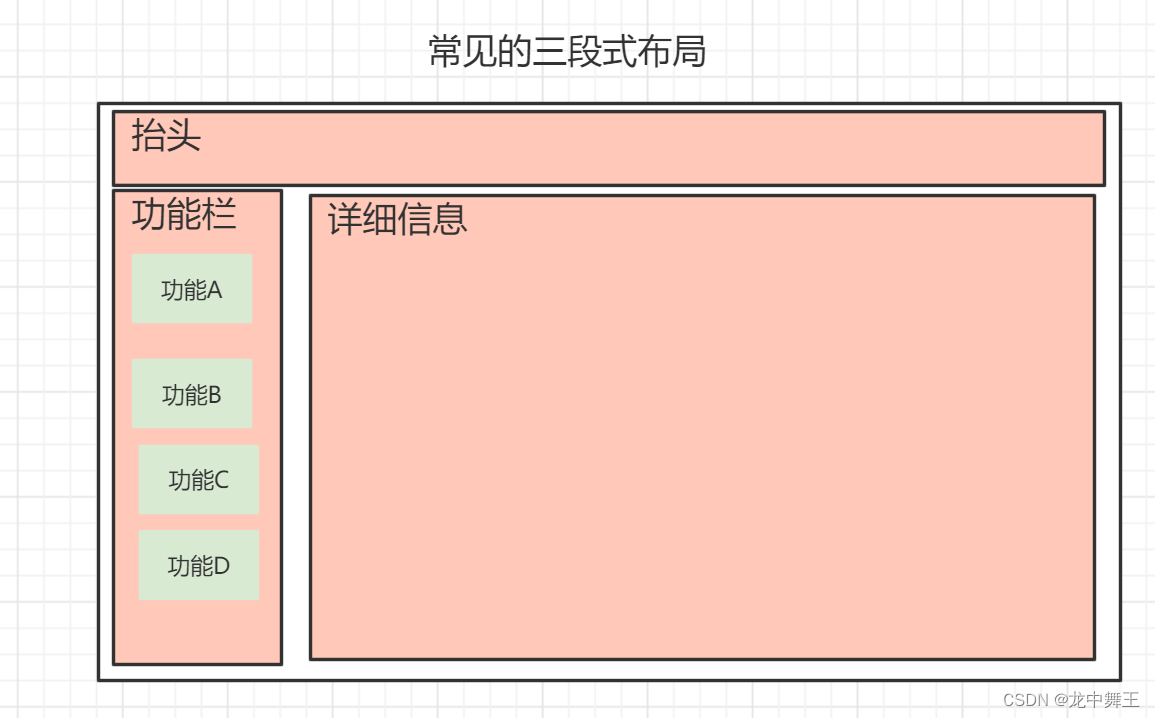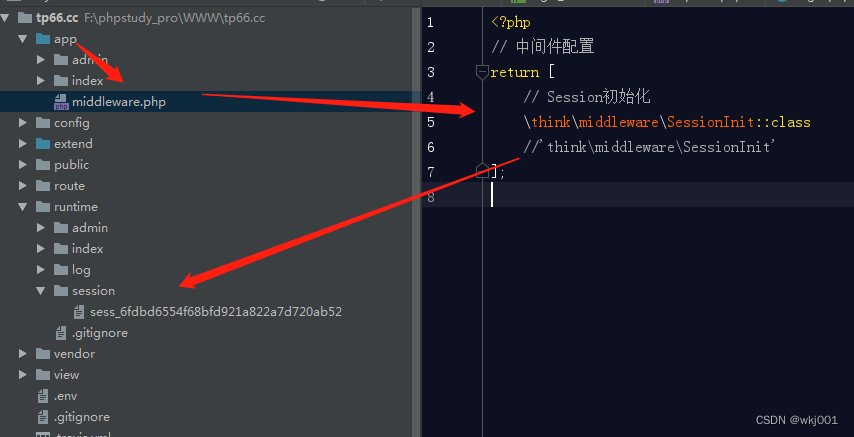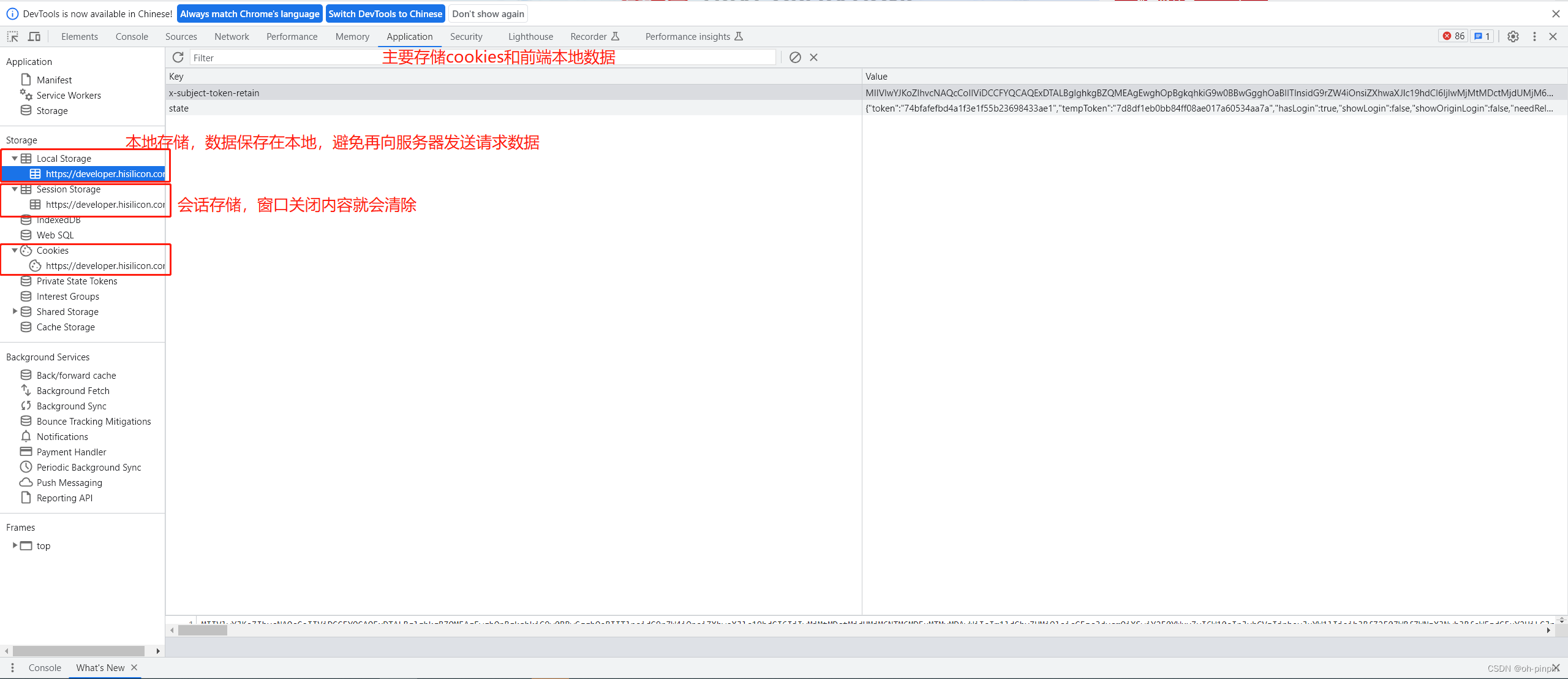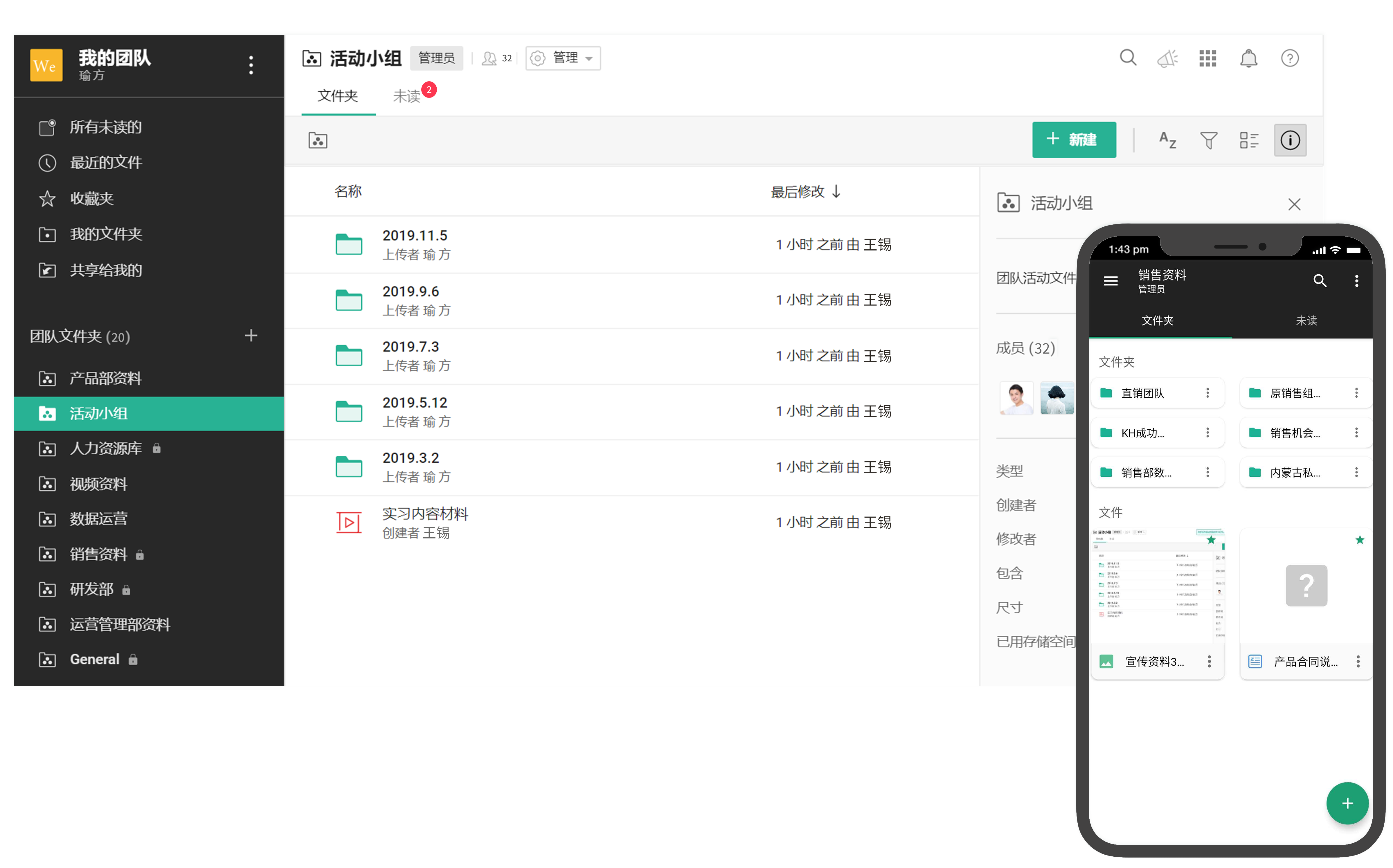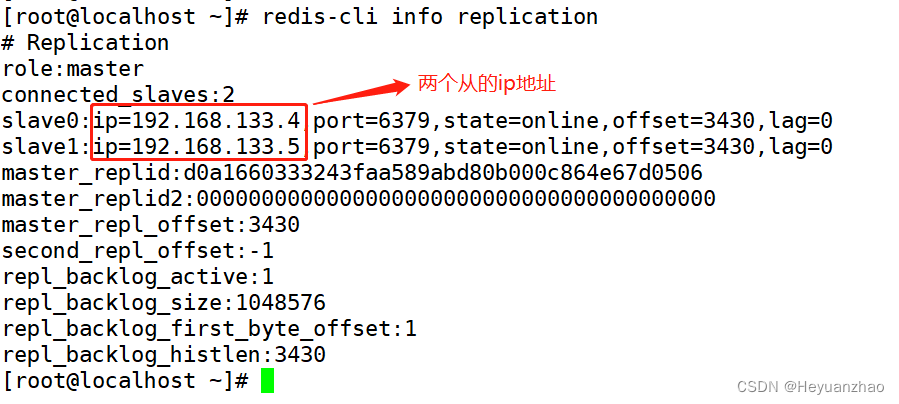目录
简介
一、InsightFace介绍
二、安装
三、快速体验
四、代码实战
1、人脸检测
2、人脸识别
五、代码及示例图片链接
简介
目前github有非常多的人脸识别开源项目,下面列出几个常用的开源项目:
1、deepface
2、CompreFace
3、face_recognition
4、insightface
5、facenet
6、facenet-pytorch
开源的人脸检测项目非常多,本文介绍一下insightface的使用方法。首先给出insightface的官方效果图:

再看一下insightface的网图检测效果:
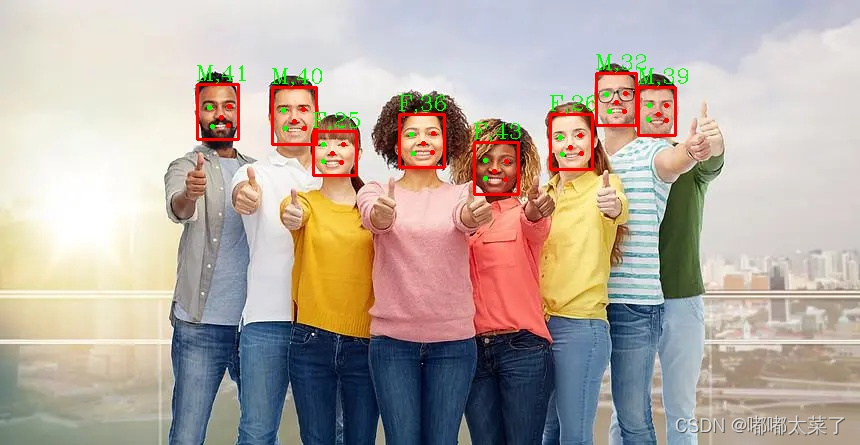
效果展示结束,下面进入详细的介绍。
一、InsightFace介绍
insightface是一个开源的基于Pytorch和MXNet实现的2D/3D人脸分析工具,它实现了多个SOTA人脸识别、人脸检测、人脸对齐算法,并对训练和部署进行了优化。目前insightface主分支要求PyTorch 1.6+/MXNet=1.6-1.8,python 3.x。
二、安装
insightface安装非常简单,使用如下命令:
pip install insightface安装onnxruntime用于推理(有gpu就把onnxruntime替换为onnxruntime-gpu):
pip install onnxruntime三、快速体验
insightface给出了代码体验示例,文件路径为examples/demo_analysis.py,直接运行该文件,可以得到以下结果:

注意:可能遇到以下报错“AttributeError: module 'numpy' has no attribute 'int'.”
AttributeError: module 'numpy' has no attribute 'int'.
`np.int` was a deprecated alias for the builtin `int`. To avoid this error in existing code, use `int` by itself. Doing this will not modify any behavior and is safe. When replacing `np.int`, you may wish to use e.g. `np.int64` or `np.int32` to specify the precision. If you wish to review your current use, check the
release note link for additional information.解决方法:找到安装包目录的face_analysis.py文件,比如\xxxx\envs\blog\lib\site-packages\insightface\app\face_analysis.py,将该文件内的所有np.int替换为‘int’(记得带上‘’),如以下代码(该报错可能由于numpy版本问题引起):
def draw_on(self, img, faces):
import cv2
dimg = img.copy()
for i in range(len(faces)):
face = faces[i]
box = face.bbox.astype('int') # 《=====看这里
color = (0, 0, 255)
cv2.rectangle(dimg, (box[0], box[1]), (box[2], box[3]), color, 2)
if face.kps is not None:
kps = face.kps.astype("int") # 《=====看这里
#print(landmark.shape)
for l in range(kps.shape[0]):
color = (0, 0, 255)
if l == 0 or l == 3:
color = (0, 255, 0)
cv2.circle(dimg, (kps[l][0], kps[l][1]), 1, color,
2)
if face.gender is not None and face.age is not None:
cv2.putText(dimg,'%s,%d'%(face.sex,face.age), (box[0]-1, box[1]-4),cv2.FONT_HERSHEY_COMPLEX,0.7,(0,255,0),1)
#for key, value in face.items():
# if key.startswith('landmark_3d'):
# print(key, value.shape)
# print(value[0:10,:])
# lmk = np.round(value).astype(np.int)
# for l in range(lmk.shape[0]):
# color = (255, 0, 0)
# cv2.circle(dimg, (lmk[l][0], lmk[l][1]), 1, color,
# 2)
return dimg四、代码实战
examples/demo_analysis.py已经给出了使用示例,下面对部分代码进行解释,并给出测试结果。
1、人脸检测
使用如下代码即可得到人脸检测的结果:
import cv2
import numpy as np
from insightface.app import FaceAnalysis
app = FaceAnalysis(name='buffalo_sc') # 使用的检测模型名为buffalo_sc
app.prepare(ctx_id=-1, det_size=(640, 640)) # ctx_id小于0表示用cpu预测,det_size表示resize后的图片分辨率
img = cv2.imread("multi_people.webp") # 读取图片
faces = app.get(img) # 得到人脸信息
rimg = app.draw_on(img, faces) # 将人脸框绘制到图片上
cv2.imwrite("multi_people_output.jpg", rimg) # 保存图片结果如下:
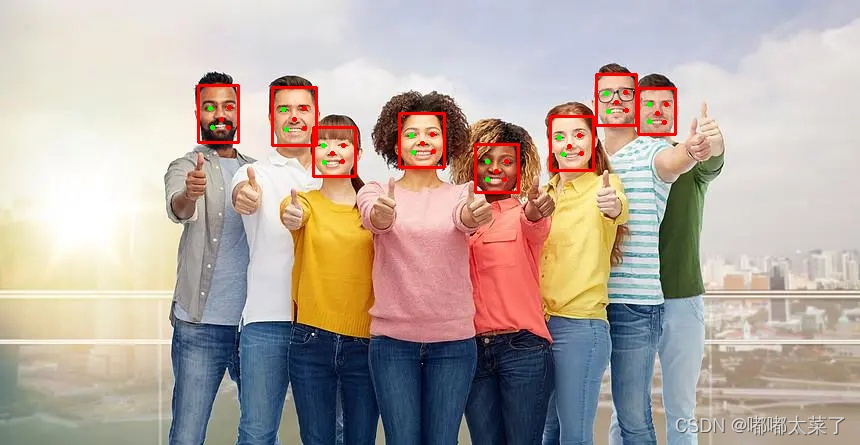
2、人脸识别
检测到人脸之后,通常将人脸编码为特征向量,再通过特征向量的相似度对比判断2个人脸是否为一个人,下面给出从图片中识别指定人脸的代码,以上图为例,目标人脸为最左侧的人脸,如下图:

识别的代码如下:
import cv2
import numpy as np
from insightface.app import FaceAnalysis
app = FaceAnalysis(name='buffalo_sc') # 使用的检测模型名为buffalo_sc
app.prepare(ctx_id=-1, det_size=(640, 640)) # ctx_id小于0表示用cpu预测,det_size表示resize后的图片分辨率
img = cv2.imread("multi_people.webp") # 读取图片
faces = app.get(img) # 得到人脸信息
# 将人脸特征向量转换为矩阵
feats = []
for face in faces:
feats.append(face.normed_embedding)
feats = np.array(feats, dtype=np.float32)
# 提取目标人脸向量
target = cv2.imread("target.png")
target_faces = app.get(target) # 得到人脸信息
target_feat = np.array(target_faces[0].normed_embedding, dtype=np.float32)
# 人脸向量相似度对比
sims = np.dot(feats, target_feat)
target_index = int(sims.argmax())
rimg = app.draw_on(img, [faces[target_index]]) # 将人脸框绘制到图片上
cv2.imwrite("multi_people_output_target.jpg", rimg) # 保存图片
最后的效果如下:

五、代码及示例图片链接
代码及示例图片链接

